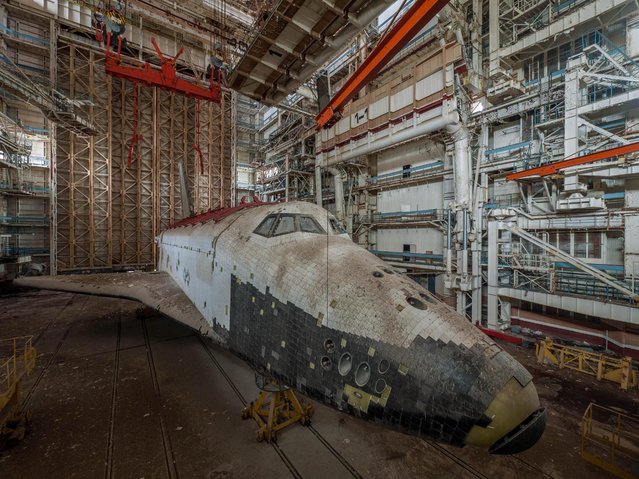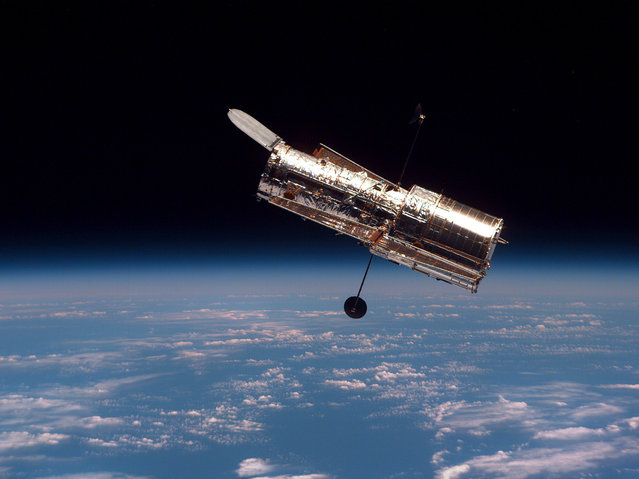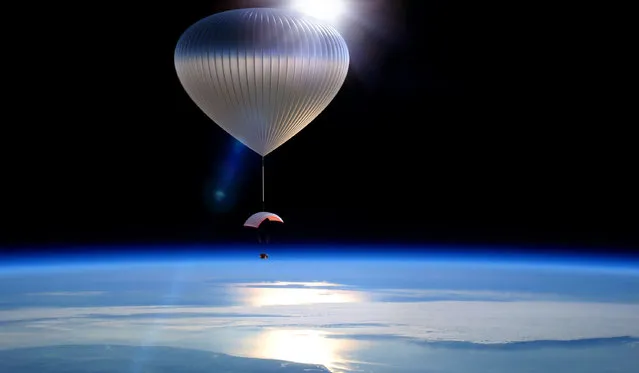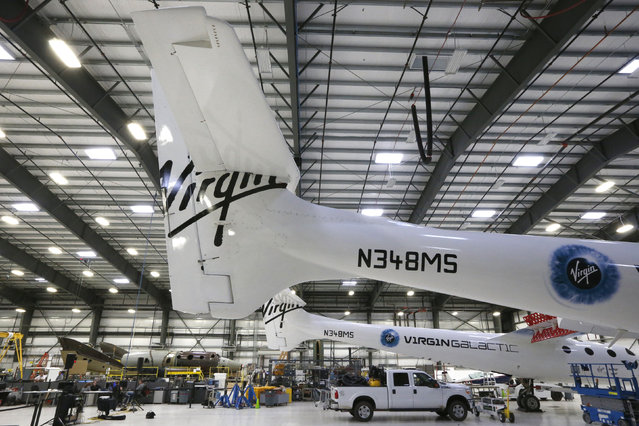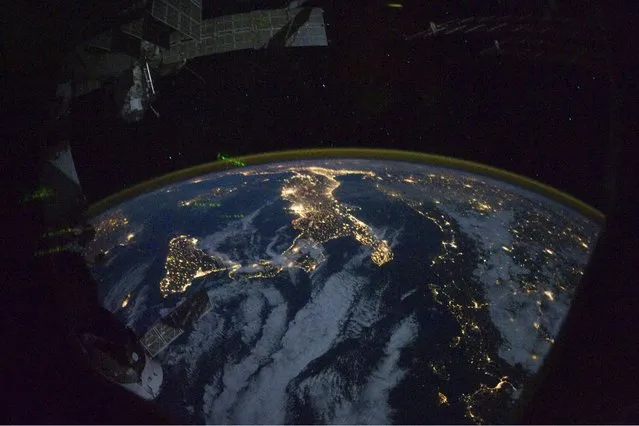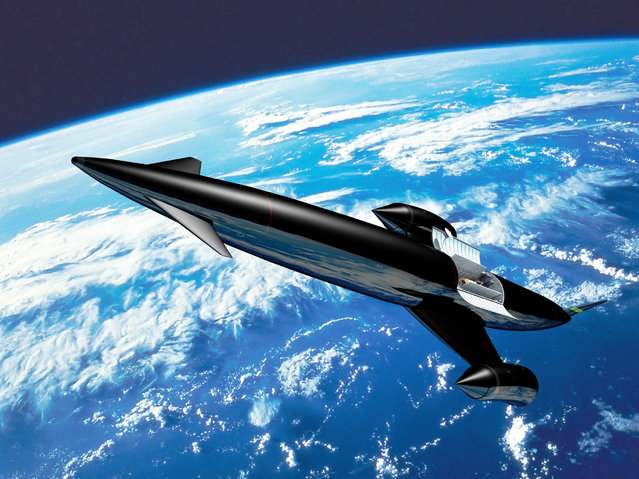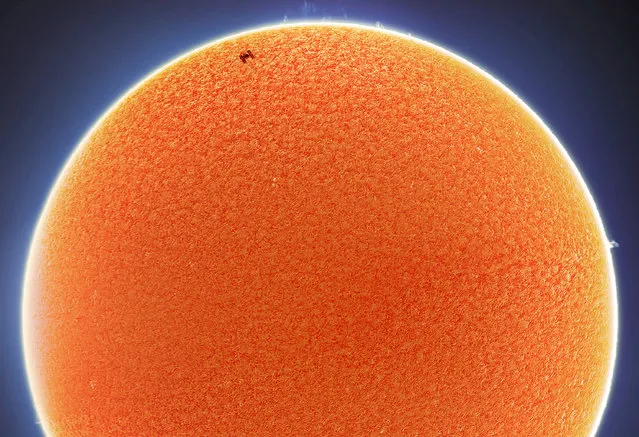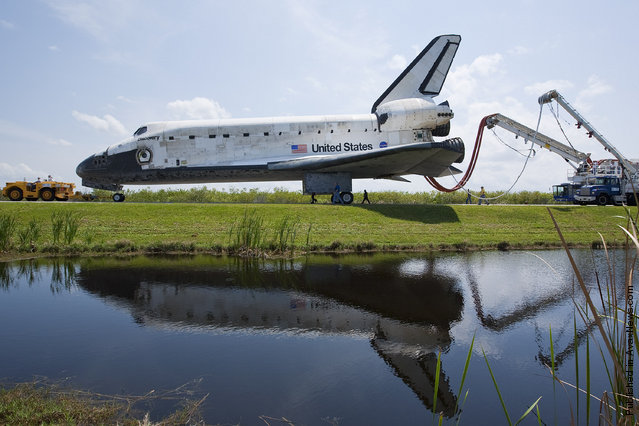
Space Shuttle Discovery is towed from the shuttle landing facility to the orbiter processing facility at Kennedy Space Center on April 20, 2010 in Cape Canaveral, Florida. Discovery's landing attempts at KSC were scrubbed yesterday due to unacceptable weather conditions. Discovery is returning from a successful mission to the International Space Station. (Photo by Matt Stroshane/Getty Images). CAPE CANAVERAL, FL – APRIL 20 2010
08 Mar 2011 16:50:00,post received
0 comments

